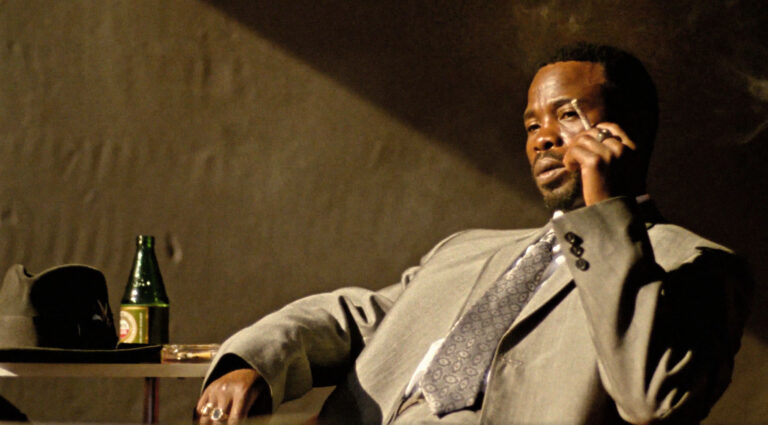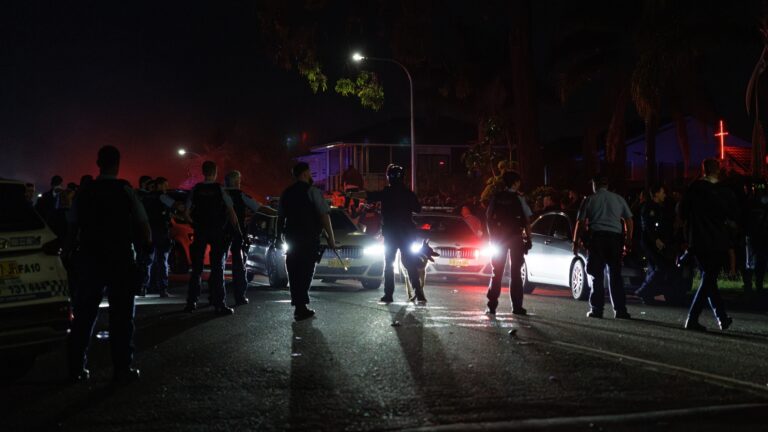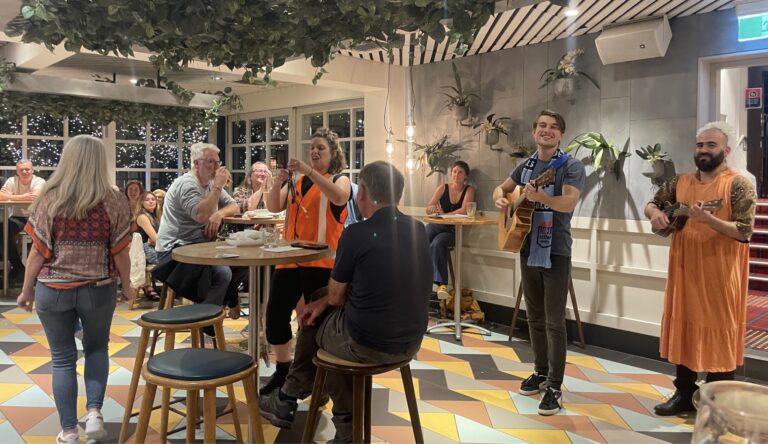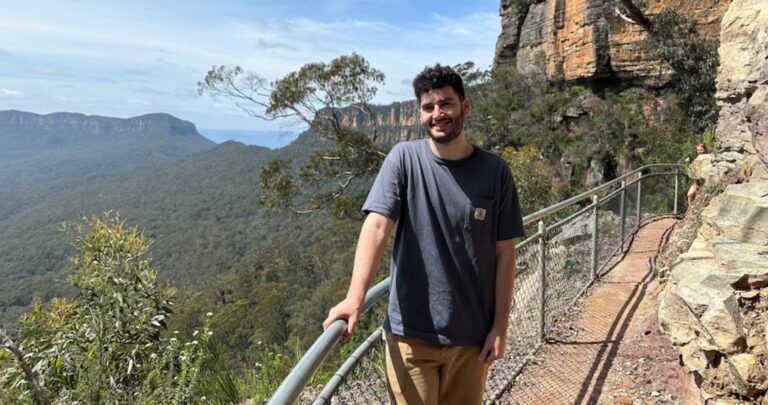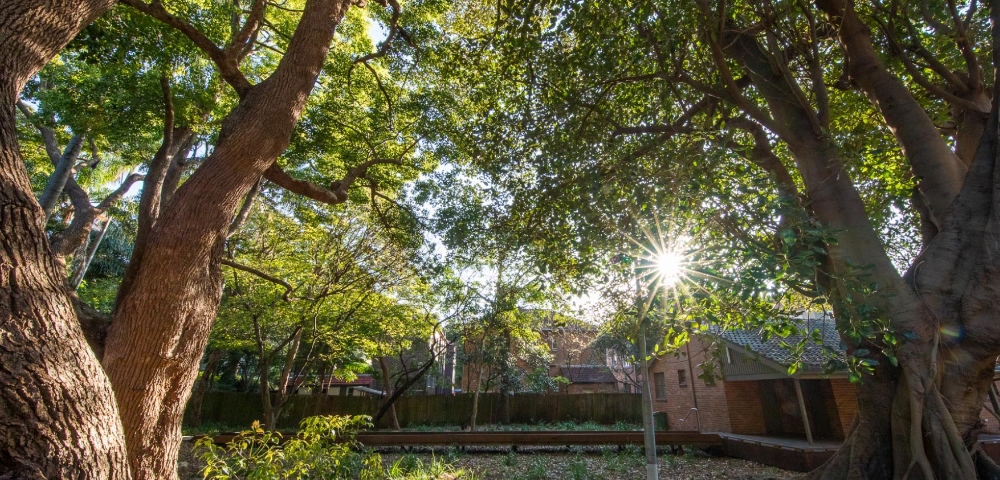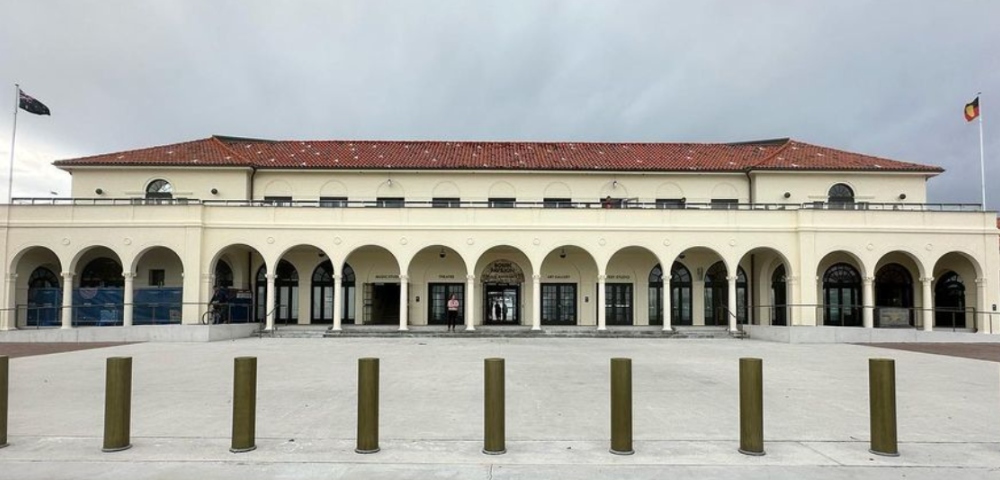
Homelessness on the rise in the east
BY JADE MORELLINI
Homelessness in NSW has spiked, with new studies indicating that there are not enough services available to support the number of people sleeping rough.
In the Eastern Suburbs, the number of homeless fluctuates, yet evidence has proven homelessness increases particularly during the summer months.
A Waverly Council spokesperson said, “The Waverley Homeless Registry Week conducted in April 2016, found 57 people to be homeless in the area. This included people living in temporary accommodation. The Waverley street count in 2017 found 70 people to be homeless, including those in crisis accommodation.”
Homeless services are commissioned to provide support to 57,000 patrons per year, however they are helping 30% more than the system is designed and funded for.
This leaves many people without support and no place to stay, giving them no choice but to find refuge on streets or public property.
Wentworth Courier revealed Waverly Council rangers told a man sleeping rough to leave his refuge in Marks Park, which was close to the water’s edge by the end of last week. According to them, a council spokeswoman said they often received “complaints and concerns” for people sleeping rough in the area, including the cliff side areas of Bondi.
When a City Hub representative approached Waverly Council, a spokesperson said, “So far as we know, there are no homeless people living on Waverley beaches and no one has been asked to leave this area.
However, the Local Government Act does not allow people to camp or light fires on beaches. The Council will ask people to move from any public location that is unsafe, requires cleaning or blocks shared access.”
Cr Dominic Wy Kanak of the Bondi Ward said, “The council works with community and government agencies to look after the Homeless People’s safety and that of the community, so cliff dwelling draws concerns for the cave dweller’s personal safety.”
There are a wide range of services available in the Eastern Suburbs for those experiencing homelessness, however not everyone has access to these support systems.
A spokesperson from the Jewish House, which offers a 24/7 crisis hotline and crisis accommodation said, “It’s fine to ask them to leave if they are going to provide social housing for them to go to, but there is really nowhere else for them to go, I mean they can come to us for two-week crisis accommodation and we will attempt to take them in more permanent accommodation, but there isn’t enough supported accommodation out there, so either way they end up on the streets.”
The extreme increase of house prices in NSW has caused this issue to arise. Bondi Executive Minister, Graham Anson said, “Anecdotal evidence suggests that as Sydney’s housing affordability has decreased and rents soar, people may no longer afford to have a roof over their heads.”
Studies have illustrated that there are over 60,000 people on the social housing waiting list across NSW and according to the Anglicare 2017 Rental Snapshot only 1% of private rentals are affordable for people on low incomes across the greater Sydney region.
Anson said: “We estimate over 60 – 70 in the Bondi / Bondi Junction area. As many as 20 sleep rough at the Bondi Pavilion on any given night.”
Cr Dominic Wy Kanak said, “Generally the Council is moving towards affordable housing in the Waverly area, so people in unfortunate situations are assisted into social and affordable housing.”
With Christmas coming up, it’s a stressful time of the year, especially for those experiencing homelessness.
Anson said, “Christmas Day is traditionally a time for celebration, but for many in the community who are isolated, on the streets or just struggling to put food on the table, it is a time when life’s problems are magnified.”
According to the Food Bank Hunger Report 2017, it is estimated that 3.6 million Australians experience food insecurity at some time during the year, 27% of which are children. Added to this, 8.4 million Australians believe Christmas is a ‘financial nightmare’, with nearly half a million children likely to receive no presents according to the Salvation Army 2016 Roy Morgan Research.
“Christmas is always a high stress time for anyone, let alone if you’ve got all the added risk factors of being on the street, having mental health issues, not having any money. Not being able to be with your family or having traumatic thoughts about Christmas from a past event makes it hard and there’s a high risk of suicide during this time of year,” a spokesperson from the Jewish House said.
